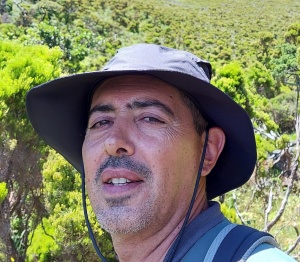Silva, L.B., Pavão, D.C, Elias, R.B., Moura, M., Ventura, M.A. & Silva, L. (2022) Taxonomic, structural diversity and carbon stocks in a gradient of island forests.
Scientific Reports,
12, 1038. DOI:10.1038/s41598-022-05045-w (IF2022 4,6; Q1 Multidisciplinary Sciences)
Assessment of forest ecosystems and their services is seen as a key action for the advancement of biodiversity objectives, and to inform the development and implementation of related policies and planning. The Azorean forest is important for timber production, the protection of soil and water resources, and for its recreational and aesthetic value. However, its role in carbon accumulation has not been fully addressed. We assessed plant diversity, forest structure and carbon stocks in a gradient of three forest types (Natural Forest-NF; Exotic Woodland-EW and Production Forest-PF) in three of the Azores islands. We used biodiversity indices and found that NF harbored the highest plant diversity levels and PF the lowest. Diversity levels were lower for structural than for taxonomic data, particularly for PF. The highest tree carbon stock was found at EW in one of the islands, while PF consistently exhibited relatively high tree carbon stocks in the three islands. The largest soil carbon stocks were found at EW, while leaf litter carbon stocks were higher at PF. We concluded that NF play a fundamental role as plant diversity hotspots but have lower relevance as carbon stocks what might be associated with montane environmental conditions. PFs provide economic assets and act as carbon sinks, while EWs play a major role as carbon sinks in soil, but also at tree level in the oldest forests.

